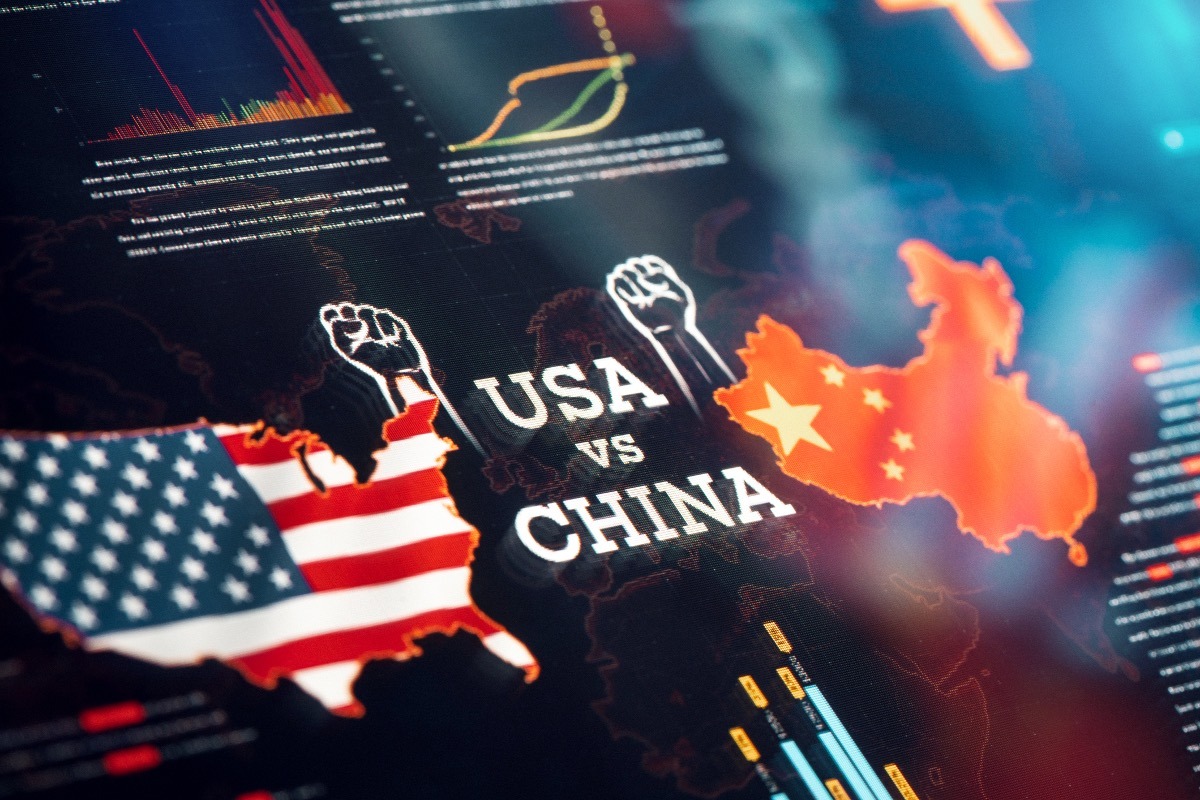The Perception Gap and the China-US Relationship
Click here to download the full report in English
Этот отчет также доступен на русском языке
In this report, Dr. Tong Zhao, visiting scholar at Princeton University, and Senior Fellow at the Nuclear Policy Program at the Carnegie Endowment for International Peace, assesses the dangerous and growing perception gap between the United States and China and argues that it is significant enough to cause more consequential outcomes than the Ukraine war.
Zhao posits that the Ukraine war is partly the result of the deep perception gap between Russia and the West, as the majority of the Russian public and policy elite appear sympathetic, if not supportive, of Putin’s actions. However, the US-China perception gap is even wider than that between Russia and the West and is causing extremely negative readings about each other’s behavioral patterns, inner characteristics, and credibility, undermining efforts to reduce tensions.
Key points include:
- Taiwan and enduring consequences: The Taiwan Strait is a flashpoint where this perception gap could manifest itself. Even if no major military conflict breaks out in the near- to mid-term, the perception gap will remain a very long-term problem for bilateral relations as it will take decades, or even generations, for worldviews and mindsets to considerably change and for the perception gap to narrow.
- Divergent interpretations of factual issues: The two sides have divergent interpretations of factual issues in almost all key historical disputes, ranging from the Korean War to the 1999 bombing of the Chinese embassy in Belgrade; and from the 2001 collision of a US surveillance plane and Chinese F-8 fighter jet to the origin of the Covid-19 pandemic. The current perception gap is largely a result of the accumulation of past disagreements over facts and attributions of wrongdoing. With each new disagreement that arises, the gap deepens, and power-centric mindsets are strengthened.
- A bigger problem than disinformation: the perception gap represents a much deeper problem than disinformation or propaganda which is the deliberate spread of falsehoods. A perception gap describes a situation wherein both sides genuinely believe the veracity of their public discourse and think the other side is knowingly spreading falsehoods.
- De-prioritisation of dialogue: The US-China perception gap is an increasingly prominent phenomenon in almost all aspects of the bilateral relationship. China and the United States increasingly talk past rather than with each other, leaving both sides more and more disillusioned about the value of dialogue.
Zhao warns that the stakes are too high to not make every effort to understand and address the perception gap between Washington and Beijing. For the sake of avoiding armed conflict between these major powers, both sides must be willing to first reflect on how one’s own policies contribute to the perception gap and that policy experts, scholars, media workers, and public opinion leaders in the United States, China, and other countries may have a particularly important role to play. Experts from both sides should begin holding serious discussions on the China-US perception gap and what steps can be taken to address it.
About the Author
Tong Zhao (赵通) is a Visiting research scholar at the Program on Science and Global Security at Princeton University and a Senior Fellow at the Nuclear Policy Program of the Carnegie Endowment for International Peace, based in Beijing at the Carnegie-Tsinghua Center for Global Policy. His research focuses on strategic security issues, including nuclear arms control, nonproliferation, missile defense, space security, strategic stability, and China’s security and foreign policy.
He was previously a Stanton Nuclear Security Fellow at the Belfer Center for Science and International Affairs at Harvard University. He also has experience as a nonresident WSD-Handa Fellow at the Pacific Forum CSIS, and working for the Office of Foreign Affairs of the People’s Government of Beijing Municipality. He holds a PhD in science, technology, and international affairs from Georgia Institute of Technology, and received a B.S. in physics and an M.A. in international relations from Tsinghua University.
Disclaimer: The opinions articulated above represent the views of the author(s) and do not necessarily reflect the position of the Asia Pacific Leadership Network or any of its members or funders. APLN’s website is a source of authoritative research and analysis and serves as a platform for debate and discussion among our senior network members, experts, and practitioners, as well as the next generation of policymakers, analysts, and advocates. Comments and responses can be emailed to apln@apln.network.
This publication was made possible by a grant from Carnegie Corporation of New York.
Image: iStock/da-kuk

